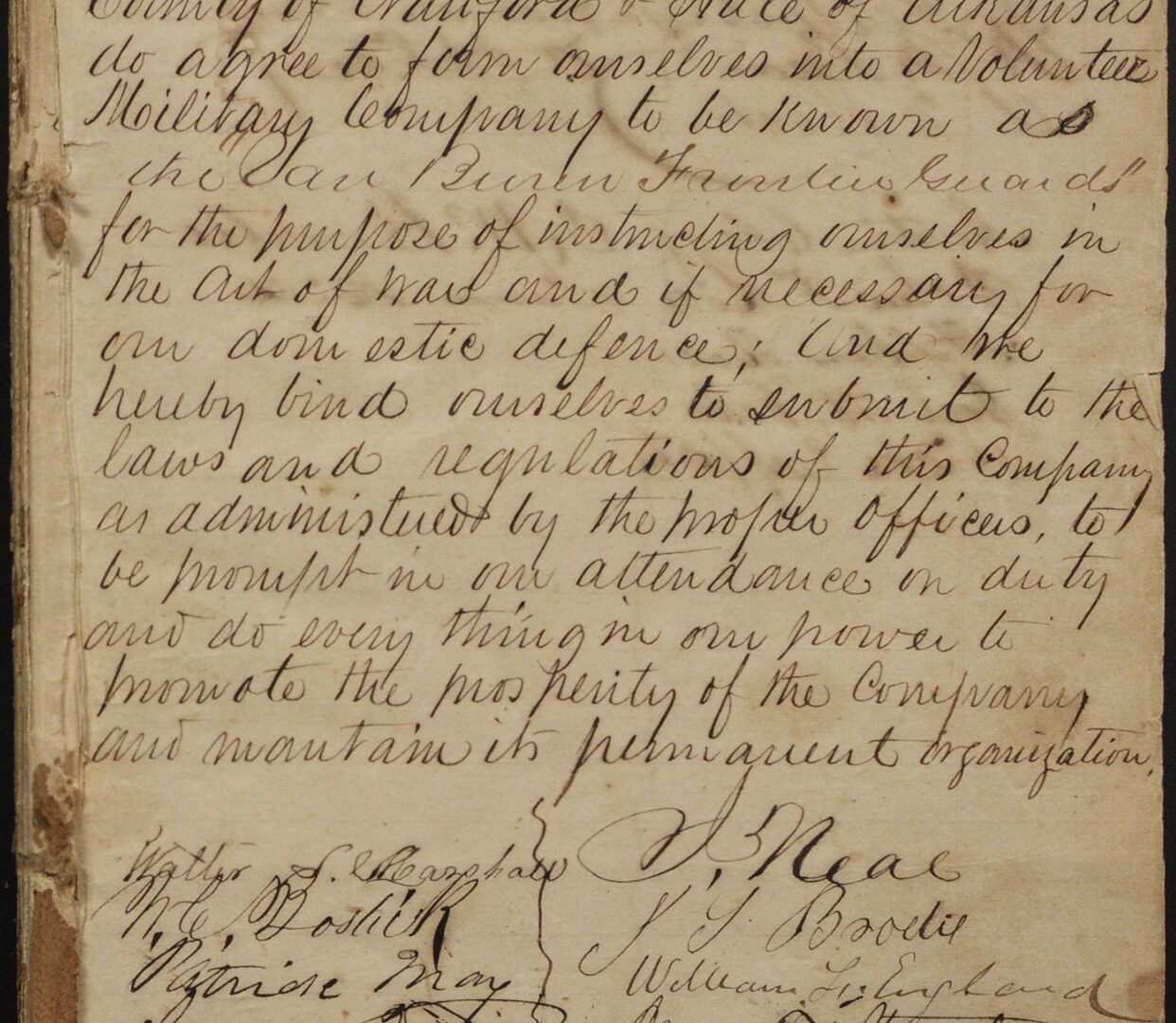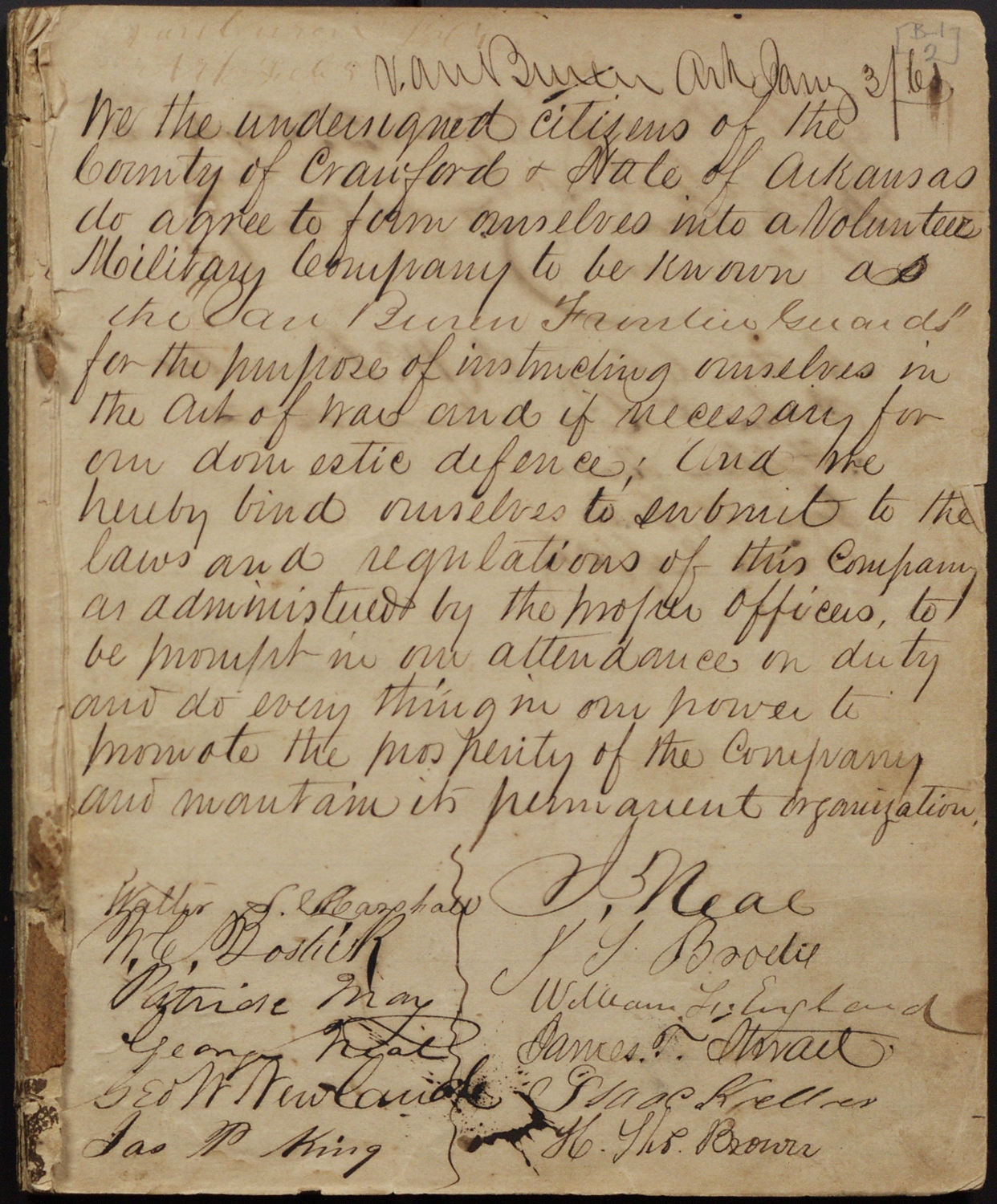Introduction
Historians often struggle to determine the exact dates of the outbreak of wars. The Civil War is no exception. Tensions, conflicts, and local fighting (e.g., fighting over the question of slavery in Kansas and parts of Missouri known as Bleeding Kansas) lasted for years before some key events that directly lead to the formal outbreak of the Civil War in 1861. Abraham Lincoln was elected to the office of President in November 1860. In December 1860, South Carolina became the first state to leave the Union. By February 1, 1861, six more states seceded. On February 8, 1861, the seven rebel states formed the Confederate States of America. In March 1861, Lincoln was sworn in and on April 12, after Lincoln ordered a fleet to resupply the federal-held Fort Sumter in Charleston, South Carolina, Confederate artillery fired what historians consider to be the first shots of the Civil War. All these dates mark crucial events in the timeline of the Civil War. They also show that a prospect of civil war existed long before the first shots at Fort Sumter. One outcome of this long period of tensions was the creation of voluntary armed groups, the members of which planned to prepare in case a war broke out. These organizations provided military-style training, but they attracted ordinary men. Some of the men had military experience but many had little or no military training. When the Civil War officially broke out, many of these groups were sworn into state service. This means that they were no longer self-regulated voluntary organizations but officially joined state military forces and were now under the authority of state military leaders. In this activity, you will examine a document created by one such voluntary armed group known as the Van Buren Frontier Guards. This organization was formed in the first days of 1861 in Van Buren (Crawford County), Arkansas. It was later incorporated into the 3rd Infantry, Arkansas State Troops.
Activity Questions
- When and where was this document written?
- What is this document?
- What organization did the persons who signed this document join?
- What is the purpose of the organization that this document describes?
- To what did the individuals who signed this document “bind themselves”?
- Research when and under what circumstances the Civil War began (see “Introduction” for more information). Was this document written before or after the outbreak of the Civil War?
- What does this document tell us about the men who fought in the Civil War? Who were they? What kind of military training did they have? How did they first organize?
- Research the meaning of the term frontier in U.S. history. How do you understand the name of the organization that this document describes?
Primary Sources
To learn more about the primary sources featured in the activities above, click the following links:
Arkansas Social Studies Standards
Social Studies (US History 1800-1900), Grades 8
- Strand: Era 5: Civil War and Reconstruction 1850-1877
- Content Standard 2: Students will analyze the American Civil War and Reconstruction and their effects on the social, economic, and political development of America.
- Era5.2.8.1 Develop historical arguments and explanations of causes of the Civil War using a variety of sources from multiple perspectives
- Era5.2.8.4 Analyze the historical significance of selected Civil War battles, events, and people
Arkansas History, Grades 7 – 8
- Strand: History
- Content Standard 7: Students will examine the impact of historical events and people on the development of Arkansas
- H.7.AH.7-8.3 Analyze the historical significance of selected Civil War battles, events, and people in various regions of Arkansas
Arkansas History, Grades 9 – 12
- Strand: Era 3: Civil War Through the Gilded Age 1861-1900
- Content Standard 3: Students will analyze factors that influenced the perspectives of Arkansans from the Civil War through the Gilded Age.
- Era3.3.AH.9-12.1 Analyze causes and effects of the secession of Arkansas from the Union using a variety of primary and secondary sources (e.g., state leaders, cooperationists, Secession Convention)
- Era3.3.AH.9-12.2 Research social, economic, and political effects of the Civil War on citizens in various regions from multiple perspectives
- Era3.3.AH.9-12.3 Analyze the historical significance of selected Civil War battles, events, and people in various regions of Arkansas
Key Terms
More Information
Downloadable Guides and Handouts
We encourage K-12 educators to use History Alive: Virtually! in a way that will best match their classroom needs. The “Exercise” handout includes a complete exercise as featured on this website, the “Primary Sources” handout includes only primary sources used in the exercise, and the “Questions” handout includes analytical questions from the exercise but is editable and can be easily changed to best match students’ needs.


